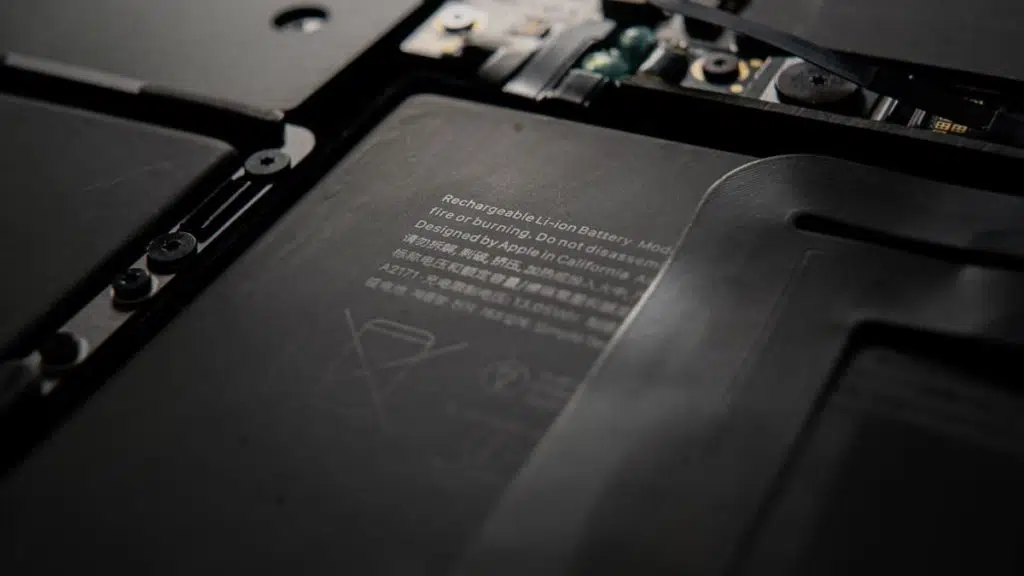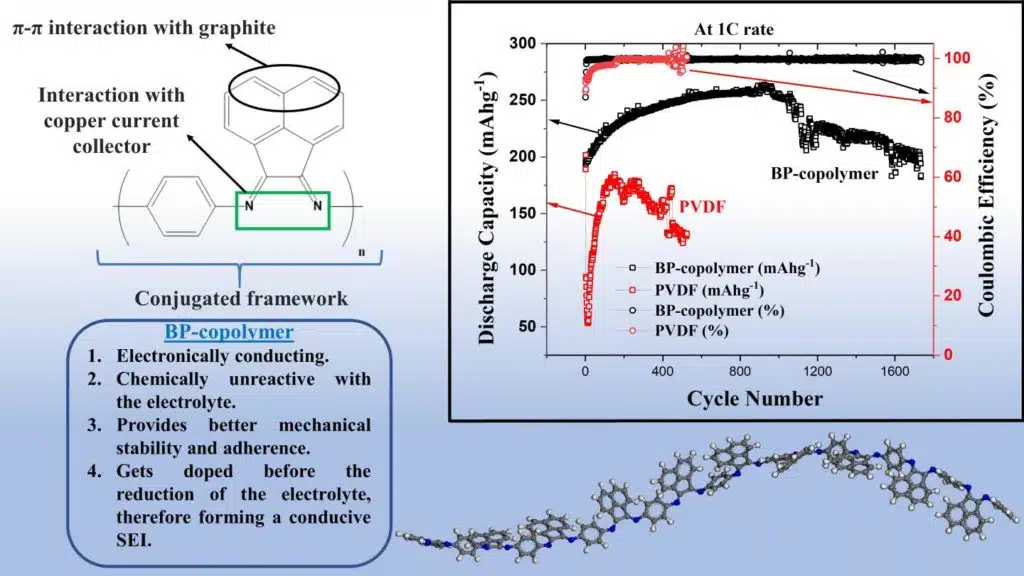
A team of researchers from the Japan Advanced Institute of Science and Technology (JAIST) has come up with a new discovery that is sure to delight smartphone, tablet, and laptop users who are annoyed at how quickly the capacity in their batteries can seemingly degrade.
While current lithium-ion batteries have a real problem in that their ability to hold a charge declines significantly in just a relatively small number of charge-discharge cycles, the geniuses at JAIST have come upon a new material called bis-imino-acenaphthenequinone-paraphenylene (BP) copolymer that, in addition to being a huge chore to type out, can protect the graphite anode of Li-ion batteries from degradation even after 1,700 cycles.
Assuming that the research pans out, we could be seeing next-generation lithium-ion batteries that could maintain full capacity for as long as five years, meaning one less reason to blow money on a new device every few years for those who prefer to avoid the service center.
New Material Allows Lithium-Ion Batteries to Maintain Full Capacity for 5 Years (PCMag)
- As EurekaAlert reports, a team of scientists working at the Japan Advanced Institute of Science and Technology (JAIST) has been looking specifically at the negative terminals inside lithium-ion batteries. They use graphite anodes, but also require a binder material otherwise the graphite would simply fall apart inside the battery.
- Today, poly(vinylidene fluoride) (PVDF) is used as the binder material, but its performance isn’t great. After just 500 charge-discharge cycles, typically only 65% capacity can be achieved in a battery using PVDF.
- The JAIST team discovered a new, and almost unpronounceable new binder material called bis-imino-acenaphthenequinone-paraphenylene (BP) copolymer. The good news is, BP allows a battery to maintain 95% capacity for more than 1,700 charge-discharge cycles. In other words, it allows a lithium-ion battery to be fully recharged daily for almost five years, and possibly even longer.
- According to Matsumi, “The realization of durable batteries will help in the development of more reliable products for long-term use. This will encourage consumers to purchase more expensive battery-based assets like electric vehicles, which will be used for many years.”

